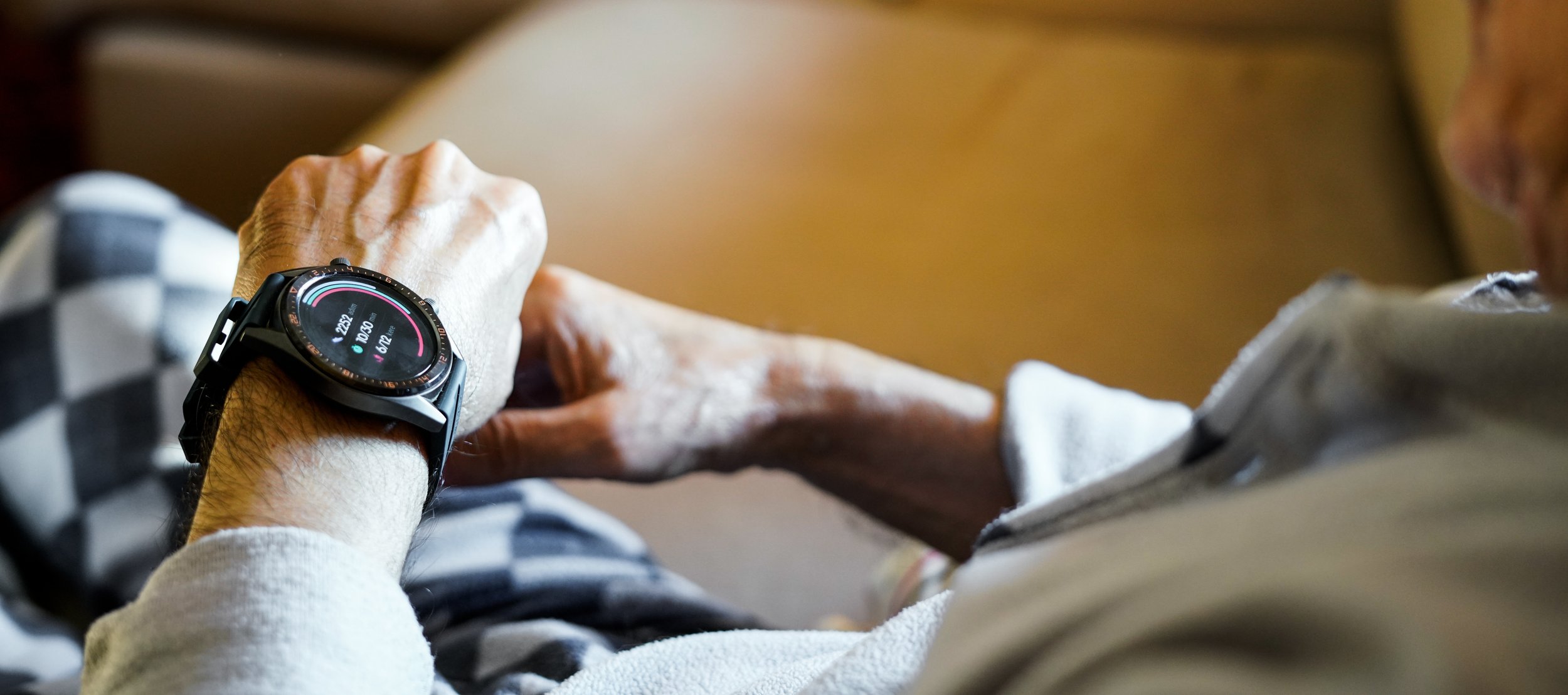Life Story - part 2
Courtesy of Shutterstock
There does not appear to be an agreed method of good practice when it comes to life story; it generally depends on the perspective being taken, such as from the person with dementia or as a professional. The National Institute for Health Research (NIHR) funded a study into life story work in 2012 which identified nine good practice points: the SCIE and Alzheimer’s UK appear to have elements of this within their guidance and templates.
Photo courtesy of Vadim Guzhva, Adobe Stock
Good Practice Learning Points (as identified by NIHR)
Participation by the individual is through choice, it should not be forced on anyone. Sometimes when dementia is advanced, or communication is impaired, the building of a life story comes from alternative sources such as family, friends and carers.
An individual’s life story is never finished, and this should be reflected in the format that is used, so whatever method is used it should be able to be updated and added to.
Life story work can be emotional, it may raise sensitive issues, perhaps revisit past trauma. This can be useful to know when examining behaviours or trying to understand distressed reactions or triggers, however staff require training to handle this and should not be expected to do so without support.
The individual may have a different opinion on what life story is for. What the person chooses to include should be respected, as well as who will see, it now and in the future. Where they are unable to express their views then someone who knows them well, or has welfare Power of Attorney, could make that decision.
Staff should consider their own life story; how would it feel to share it and who would they share them with.
Beginning the process early will enable people with dementia to have a more active role in producing their life story and communicate how they would like it to be used. It is never too late to use life story work and involve a ‘nice’ feeling. Knowledge of someone’s life story can be utilised until end of life, even in altered states of consciousness.
Outcomes for better care will only come about if care staff take and are provided time to absorb this information and the flexibility to use it to inform and improve their practice.
Short summaries would be useful for busy staff, helping them achieve better care, but they are not replacements for the life story owned, shared, and added to by the individual with dementia.
The process of collecting life story information can be therapeutic and done in several ways. It can build relationships between staff, the individual and their families. Technology is a useful tool in both obtaining information, as well as to record the personal information. To promote wider benefits, it is important to produce something that can be used and enjoyed by others.





